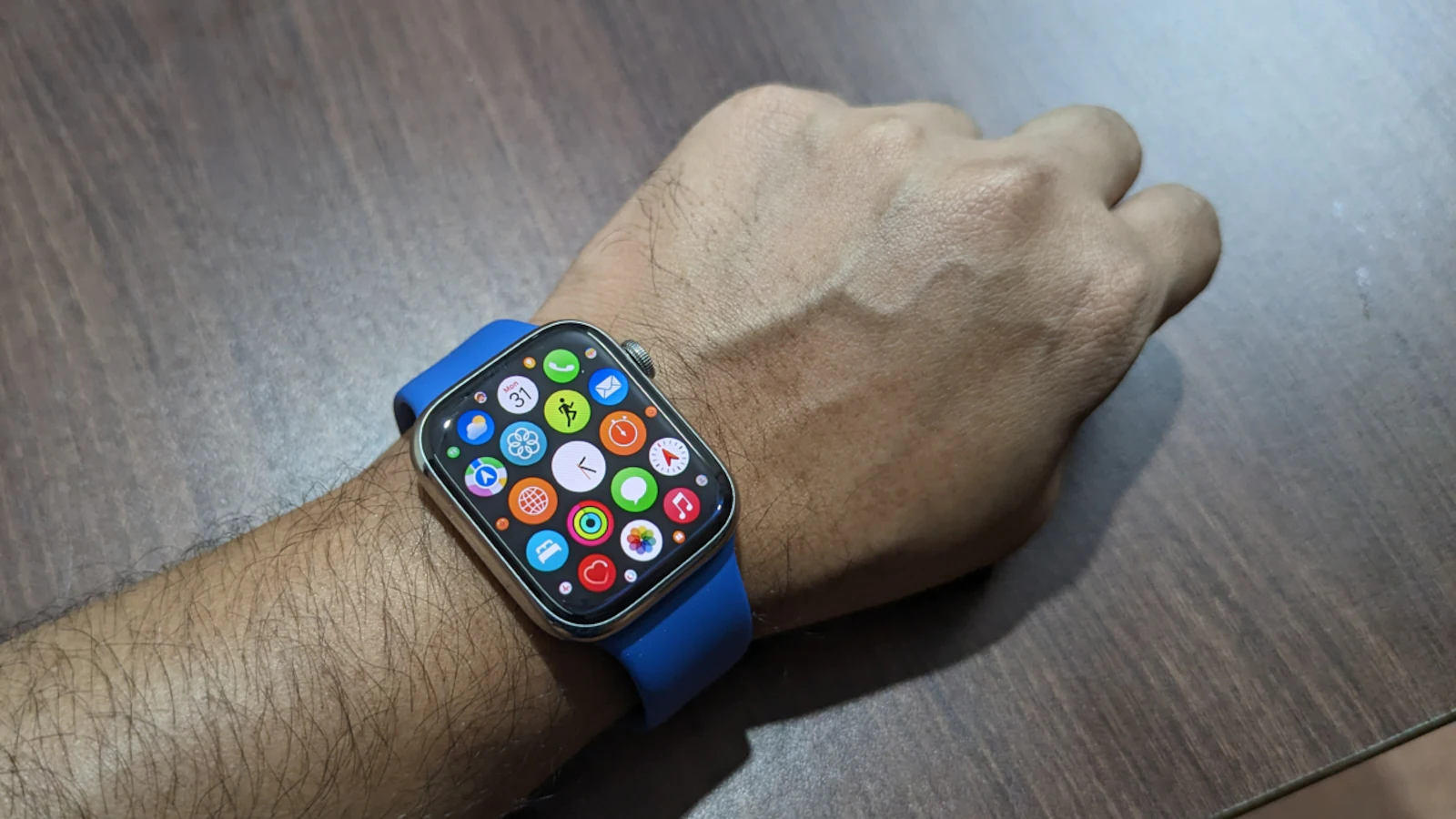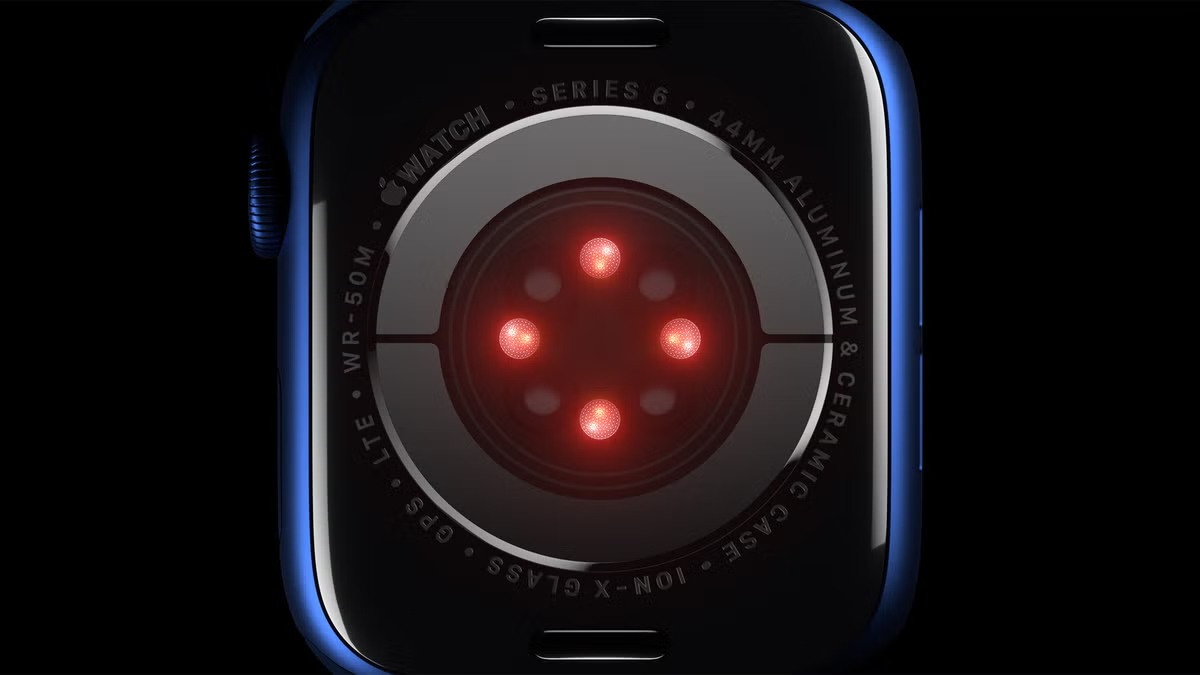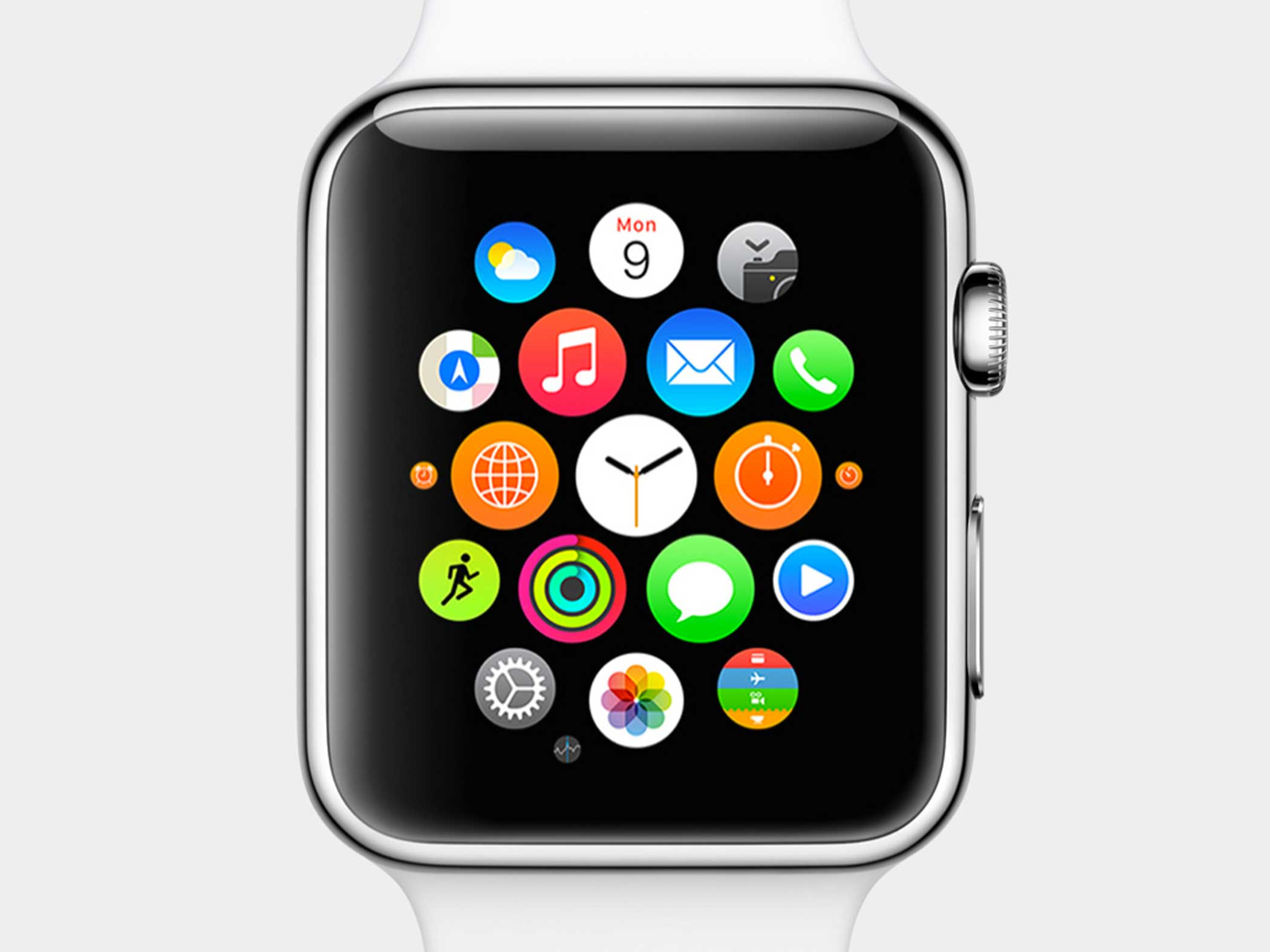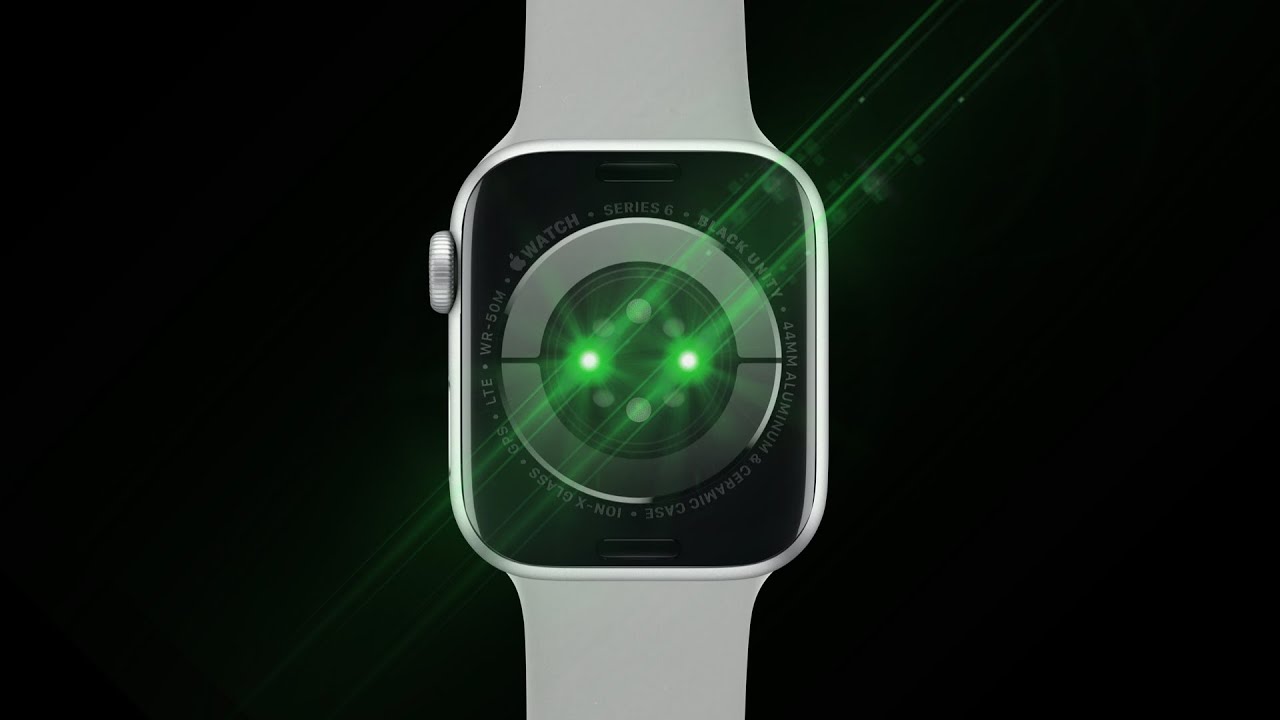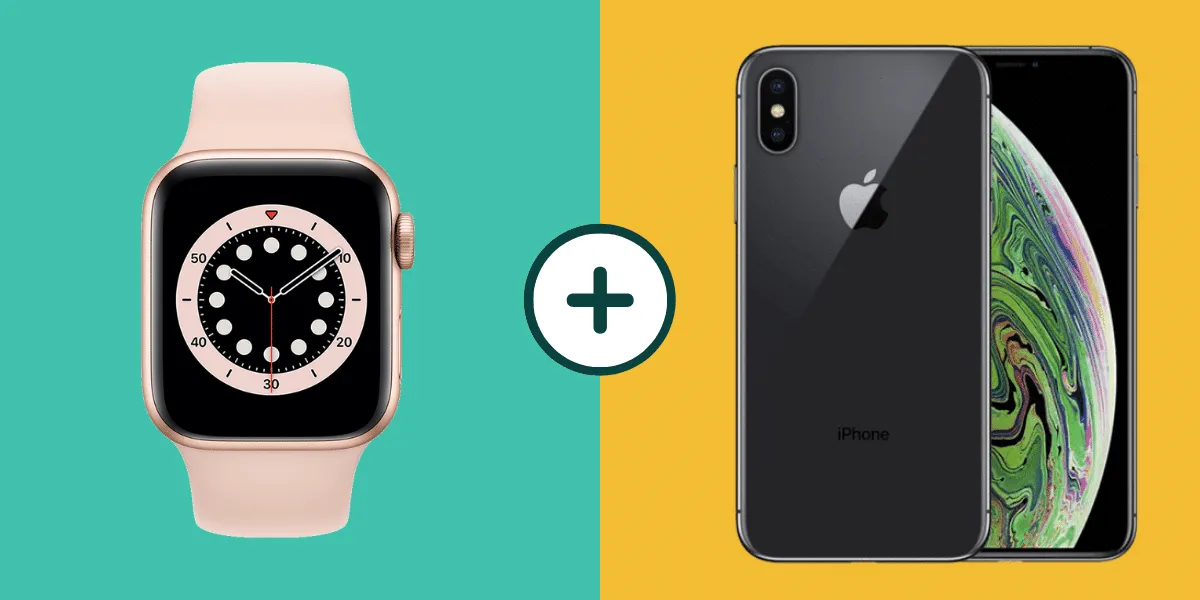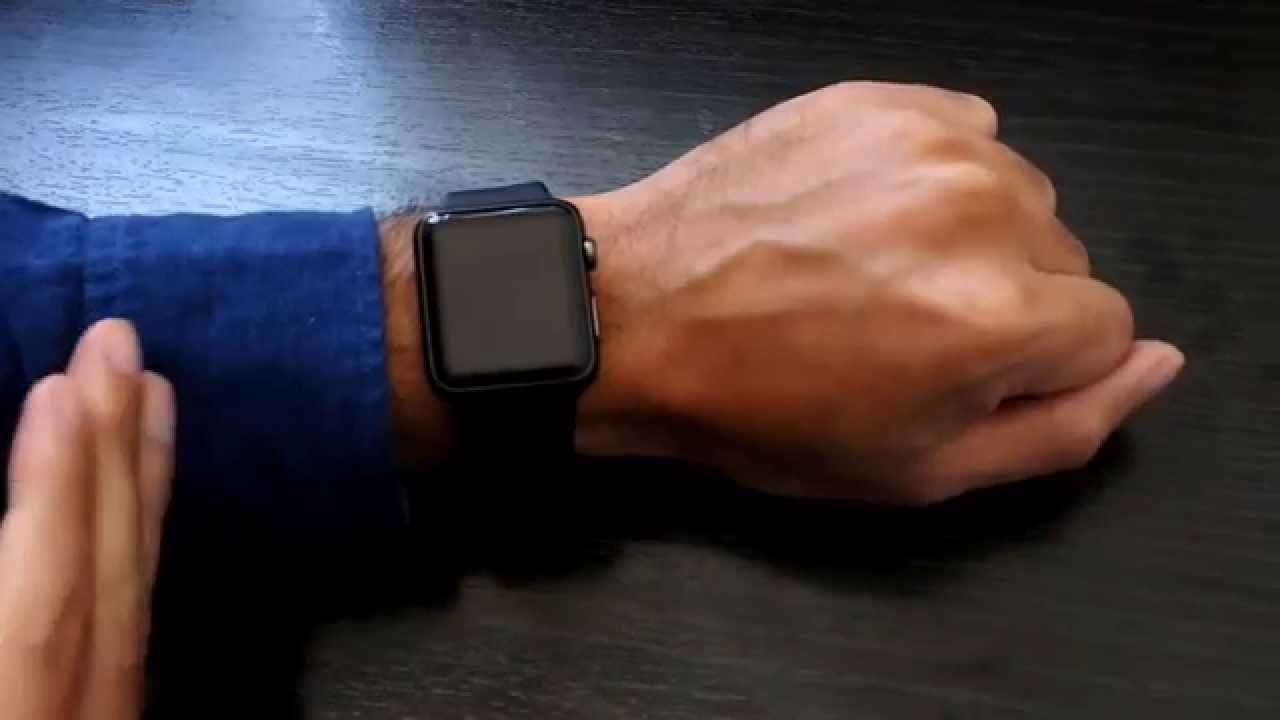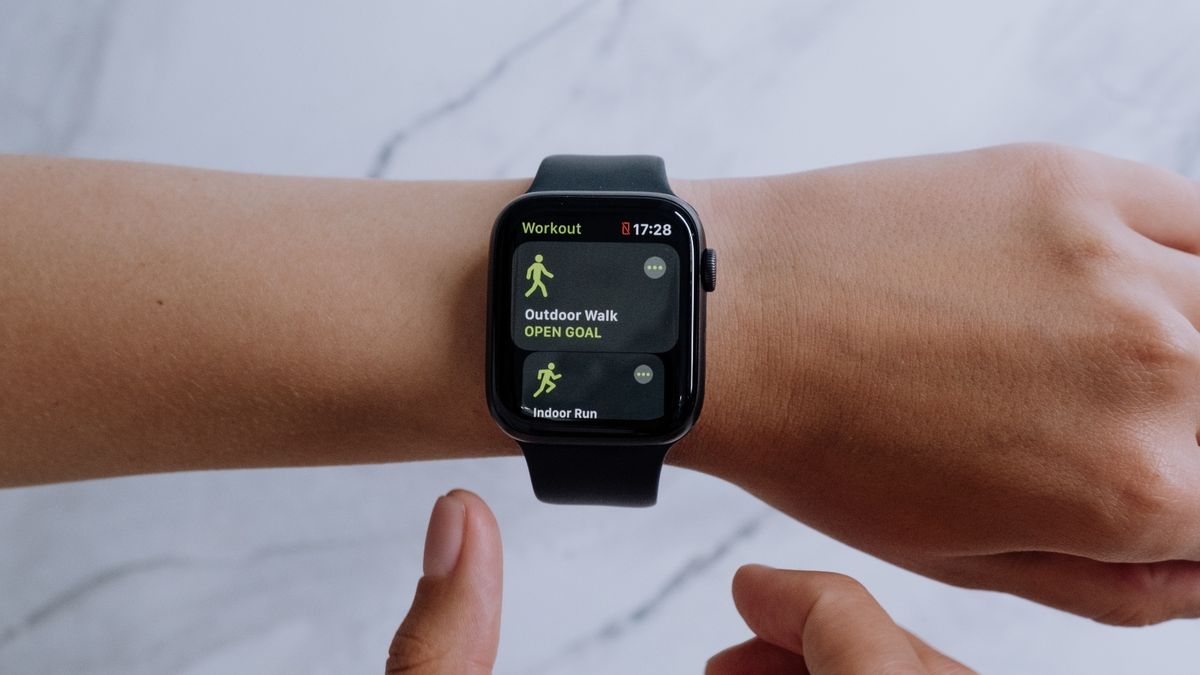Introduction
Welcome to our guide on “How To Check Heart Rate On Apple Watch!” In today’s fast-paced world, it’s important to prioritize our health and fitness. One of the key aspects of maintaining a healthy lifestyle is monitoring our heart rate, as it provides valuable insights into our overall cardiovascular well-being.
With the advancement of wearable technology, checking heart rate has become easier and more convenient than ever. Apple Watch, with its built-in heart rate monitoring capabilities, allows users to keep track of their heart rate throughout the day, during workouts, and even while sleeping.
Monitoring your heart rate using Apple Watch can give you a deeper understanding of your body’s response to various activities and help you make informed decisions about your fitness routine.
In this comprehensive guide, we will explore the health benefits of monitoring heart rate, explain how Apple Watch measures heart rate, and provide step-by-step instructions on how to check your heart rate using Apple Watch. We will also share some useful tips to ensure accurate heart rate measurements and guide you on how to analyze your heart rate data.
Whether you are a fitness enthusiast, an athlete, or simply looking to improve your overall well-being, this guide will equip you with the knowledge and tools to effectively monitor your heart rate with Apple Watch. So without further ado, let’s dive in!
Health Benefits of Monitoring Heart Rate
Monitoring your heart rate can provide valuable insights into your overall health and fitness levels. Here are some key benefits of regularly checking your heart rate:
- Tracking Fitness Progress: By monitoring your heart rate during exercise or physical activities, you can gauge the intensity of your workouts. This helps you track your fitness progress over time and make adjustments to your training regimen as needed. The ability to measure your heart rate accurately can help you optimize your workouts and achieve your fitness goals.
- Preventing Overexertion: Monitoring your heart rate during workouts can help prevent overexertion. By staying within your target heart rate zone, you ensure that you’re exercising at an intensity that is safe and effective for your fitness level. This reduces the risk of injury and burnout, allowing for a more sustainable and enjoyable exercise routine.
- Managing Stress Levels: Heart rate monitoring can be a valuable tool for managing stress. High or elevated heart rates can indicate increased stress levels. By becoming aware of these patterns, you can implement stress management techniques to reduce your heart rate and promote relaxation. This can lead to improved overall well-being and better mental health.
- Identifying Health Conditions: Monitoring your resting heart rate over time can help detect early signs of potential health conditions. Drastic changes in resting heart rate might indicate medical issues such as heart disease, high blood pressure, or thyroid problems. By regularly tracking your heart rate, you can identify any abnormalities and seek prompt medical attention if necessary.
- Improving Sleep Quality: Monitoring your heart rate during sleep can provide insights into your sleep quality. Abnormal heart rate patterns during sleep might indicate sleep disorders or disturbances. By analyzing this data, you can make adjustments to your sleep routine and improve the quality and duration of your sleep. This can have a positive impact on your overall health and well-being.
Now that we understand the various benefits of monitoring heart rate, let’s explore how Apple Watch measures heart rate and the different ways you can check your heart rate using this innovative device.
How Does Apple Watch Measure Heart Rate?
Apple Watch utilizes advanced sensors and algorithms to measure your heart rate accurately. The device uses a combination of green LED lights and light-sensitive photodiodes to detect the flow of blood through your wrist.
When you wear your Apple Watch, the green LEDs emit light onto the skin on your wrist, while the photodiodes measure the amount of blood flow by detecting the changes in light absorption. This process is known as photoplethysmography (PPG), and it allows the Watch to capture your heart rate data.
The sensors in Apple Watch can track your heart rate continuously throughout the day, even during periods of inactivity. This provides a comprehensive overview of your heart rate patterns, including resting heart rate, average heart rate, and heart rate variability.
In addition to the built-in heart rate sensors, Apple Watch also leverages its accelerometer and gyroscope to enhance the accuracy of heart rate measurements during workouts. These sensors help Apple Watch differentiate between different types of movements and filter out any noise or interference, ensuring precise heart rate tracking during physical activities.
It’s worth noting that while Apple Watch provides a convenient and reliable way to monitor your heart rate, it is not a medical device. If you have a specific medical condition or require professional medical advice, it’s always best to consult with your healthcare provider.
Now that we have a better understanding of how Apple Watch measures heart rate, let’s explore the different methods you can use to check your heart rate on your device.
Understanding Resting Heart Rate
Resting heart rate refers to the number of times your heart beats per minute while you are at rest, typically when you are sitting or lying down and are in a calm state. It is an essential measure of your cardiovascular health and can provide valuable insights into your overall fitness level.
A lower resting heart rate is generally an indication of better cardiovascular health and fitness. Athletes and people who engage in regular exercise often have lower resting heart rates because their hearts are more efficient at pumping blood. On the other hand, a higher resting heart rate may suggest that your heart is not functioning optimally and may be a sign of underlying health issues.
Tracking your resting heart rate over time can help you monitor changes in your cardiovascular health. If you notice a significant increase or fluctuation in your resting heart rate, it may be a sign that you need to modify your lifestyle or consult with a healthcare professional.
Apple Watch makes it easy to track your resting heart rate regularly. By wearing your Apple Watch while you sleep or throughout the day, the device will automatically capture your heart rate data and provide you with valuable insights in the Health app on your iPhone.
It’s important to note that many factors can influence your resting heart rate, such as age, gender, fitness level, and stress levels. Therefore, it’s essential to consider these factors when interpreting your resting heart rate data. Any concerns or questions about your resting heart rate should be discussed with a healthcare professional for a more comprehensive analysis.
Now that we have discussed the significance of resting heart rate, let’s dive into the different methods you can use to check your heart rate using Apple Watch.
Checking Heart Rate with Apple Watch
Apple Watch offers multiple methods to check your heart rate conveniently and accurately. Whether you want to monitor your heart rate during workouts or simply track your resting heart rate, here are the different ways to check your heart rate using Apple Watch:
1. Using the Heart Rate App: The Heart Rate app is a built-in feature on Apple Watch that allows you to check your heart rate at any time. Simply open the app and place your finger on the Digital Crown for a few seconds. The app will display your heart rate in beats per minute (BPM) on the screen.
2. Checking Heart Rate During a Workout: When you start a workout session using the Workout app on your Apple Watch, it automatically tracks your heart rate continuously throughout the activity. You can easily check your current heart rate by swiping right on the workout screen during your exercise session.
3. Using the Breathe App: The Breathe app not only helps you take a moment to relax and practice deep breathing but also provides insights into your heart rate. During a breathing session, the app displays your heart rate on the screen, allowing you to observe the changes and practice mindfulness.
4. Siri Voice Command: If you prefer a hands-free approach, you can simply ask Siri to check your heart rate. Raise your wrist and say “Hey Siri, what’s my heart rate?” or use any other Siri voice command to initiate the heart rate measurement process.
Remember to ensure a snug fit of your Apple Watch on your wrist for more accurate heart rate measurements. Adjust the band to minimize any gaps between the sensor and your skin.
Keep in mind that your heart rate measurements are automatically stored in the Health app on your connected iPhone. This allows you to track your heart rate trends over time and review your data in more detail.
Now that you know how to check your heart rate with Apple Watch, let’s explore some useful tips to ensure accurate heart rate measurements.
Using the Heart Rate App
The Heart Rate app on Apple Watch is a convenient and straightforward way to check your heart rate at any time. Here’s how you can use the Heart Rate app to monitor your heart rate:
- On your Apple Watch, locate and open the Heart Rate app. It is represented by a green heart icon.
- Place your finger lightly on the Digital Crown, which is the small dial on the side of your Apple Watch. Ensure that your finger covers both the Digital Crown and the surrounding area.
- Keep your finger in place for a few seconds while the app measures your heart rate.
- After a brief moment, your heart rate will be displayed on the screen in beats per minute (BPM).
The Heart Rate app also provides additional information such as your average heart rate and heart rate variability. You can scroll down on the app screen to view these details.
It’s important to note that while using the Heart Rate app, try to remain still and avoid talking or moving excessively to obtain the most accurate reading of your heart rate. For the best results, ensure that your Apple Watch is snugly fitted on your wrist.
You can check your heart rate using the Heart Rate app anytime and anywhere, making it a handy tool for monitoring your heart health throughout the day.
Remember that the Heart Rate app on Apple Watch is not designed to replace professional medical advice or diagnose any medical conditions. If you have specific concerns about your heart rate or overall health, it’s always recommended to consult with a healthcare professional.
Now that you know how to use the Heart Rate app on Apple Watch, let’s explore checking your heart rate during a workout.
Checking Heart Rate During a Workout
One of the key benefits of Apple Watch is its ability to monitor your heart rate during workouts, providing real-time feedback on your cardiovascular performance. Here’s how you can check your heart rate during a workout:
- Start a workout session by opening the Workout app on your Apple Watch. Select the type of workout you will be engaging in, such as running, cycling, or swimming.
- While you’re in the middle of your workout, swipe right on the workout screen. This will display additional metrics and data, including your heart rate.
- Glance at your Apple Watch to see your current heart rate displayed in beats per minute (BPM). You will also be able to view your heart rate graph, which shows how your heart rate has changed over the course of your workout.
- During your workout, you can also set up audio cues for your heart rate. This will allow you to receive verbal updates on your heart rate at specific intervals (e.g., every mile or every 10 minutes). To set up heart rate audio cues, go to the Watch app on your iPhone, select the Workout app, and customize the heart rate settings according to your preference.
Checking your heart rate during a workout can help you assess your exercise intensity and ensure that you stay within your target heart rate zone. It allows you to make adjustments to your pace or intensity levels if needed, optimizing your training sessions and helping you achieve your fitness goals.
If you’re participating in a high-intensity workout or an activity that requires your full concentration, glancing at your heart rate periodically can provide valuable insights without compromising your focus.
By monitoring your heart rate during workouts, you can better understand your cardiovascular response to different exercises and tailor your training to maximize results and minimize the risk of overexertion.
With Apple Watch’s accurate heart rate tracking, you can confidently track your progress and make the necessary adjustments to your workout routine for optimal performance.
Now that you know how to check your heart rate during a workout using Apple Watch, let’s explore some tips for accurate heart rate measurements.
Tips for Accurate Heart Rate Measurements
To ensure accurate heart rate measurements with your Apple Watch, consider the following tips:
- Wear Your Apple Watch Properly: Ensure that your Apple Watch is snugly fitted on your wrist. A loose watchband may result in inaccurate heart rate readings. Adjust the band so that the watch sits firmly and comfortably on your wrist.
- Keep Your Wrist Clean and Dry: A sweaty or wet wrist can interfere with the sensor’s ability to detect your heart rate accurately. Before checking your heart rate, wipe your wrist clean and dry any moisture present.
- Avoid Movement and Talking: For more precise heart rate measurements, try to remain as still as possible and avoid excessive movement and talking. Movement and noise can introduce interference and affect the accuracy of the readings.
- Wait for Stable Readings: After placing your finger on the Digital Crown or starting a workout, give the Apple Watch a few moments to stabilize and acquire a steady heart rate reading. This allows for more accurate measurements.
- Use Multiple Methods: Apple Watch offers various ways to check your heart rate, such as using the Heart Rate app, during workouts, or with the Breathe app. Utilize different methods and compare the readings for a more comprehensive understanding of your heart rate.
- Take Resting Heart Rate Measurements: Monitoring your resting heart rate consistently can provide valuable insights into your overall cardiovascular health. Take regular measurements under similar conditions, such as in the morning after waking up, to track changes over time.
- Consider External Factors: Understand that certain external factors, such as caffeine, stress, or medications, can temporarily influence your heart rate. Take note of these factors when interpreting your heart rate data to get a more accurate understanding of your cardiovascular health.
- Calibrate Your Apple Watch: To ensure the most accurate heart rate measurements, consider calibrating your Apple Watch. You can do this by performing an outdoor walk or run with the Workout app on your Apple Watch. This will help the device understand your specific heart rate patterns better.
By following these tips, you can enhance the accuracy of your heart rate measurements and make more informed decisions about your fitness and overall health.
Now that we’ve covered the tips for accurate heart rate measurements, let’s explore how you can analyze your heart rate data on Apple Watch.
Analyzing Heart Rate Data on Apple Watch
Apple Watch provides you with a wealth of heart rate data that can be analyzed to gain insights into your cardiovascular health and fitness progress. Here’s how you can make the most of your heart rate data:
1. Review Heart Rate Trends: Open the Health app on your connected iPhone and navigate to the “Heart” section. Here, you can view a comprehensive overview of your heart rate trends, including your average heart rate, resting heart rate, and heart rate recovery. Analyzing these trends over time can help you track improvements in your cardiovascular fitness.
2. Compare Heart Rate during Workouts: If you regularly engage in different types of workouts, compare your heart rate data between sessions. This allows you to assess the intensity levels of various activities and track your progress. Look for patterns in heart rate elevation, recovery time, and overall exertion levels.
3. Identify Heart Rate Zones: Apple Watch automatically calculates your heart rate zones based on your age, gender, and fitness level. Understanding your heart rate zones, such as fat burning, cardio, and peak, can help you optimize your workouts and ensure that you’re training at the right intensity for your goals.
4. Track Resting Heart Rate: Regularly monitor your resting heart rate over time to identify trends and potential changes in cardiovascular health. A lower resting heart rate generally indicates improved fitness levels, while a higher resting heart rate may warrant further investigation.
5. Track Heart Rate Recovery: Assess how quickly your heart rate returns to its resting state after intense exercise. A quicker recovery time suggests better cardiovascular fitness. You can check heart rate recovery by comparing your heart rate immediately after exercise to your heart rate a few minutes later.
By analyzing your heart rate data on Apple Watch, you can gain valuable insights into your fitness progress, make adjustments to your workouts, and tailor your training for better results. It’s important to note that while Apple Watch provides valuable data, it is not a substitute for professional medical advice.
Now that you know how to analyze your heart rate data, let’s explore how to set heart rate alerts on your Apple Watch.
Setting Heart Rate Alerts
Apple Watch allows you to set personalized heart rate alerts, ensuring that you stay informed about any significant changes or fluctuations in your heart rate. Here’s how you can set heart rate alerts:
- Open the Watch app on your iPhone and navigate to the “My Watch” tab.
- Scroll down and select “Heart,” then tap on “Heart Rate” again.
- Tap on “High Heart Rate” or “Low Heart Rate” to set the corresponding alert.
- Customize the heart rate threshold by selecting the desired BPM value or percentage increase/decrease from your average heart rate. You can also choose to be notified when your heart rate remains above or below the threshold for a specific duration.
- Toggle the switch next to “Heart Rate” to enable the alerts.
- Repeat the steps to set alerts for both high and low heart rates, depending on your preferences and health goals.
By setting heart rate alerts, you can receive notifications on your Apple Watch when your heart rate exceeds or falls below the specified thresholds. This feature can be particularly useful for individuals with specific health conditions or those who want to maintain optimal heart rate zones during workouts.
It’s important to note that heart rate alerts on Apple Watch are not medical notifications and should not be relied upon as a substitute for professional medical advice. If you have any concerns, consult with a healthcare professional for a more comprehensive assessment.
Now that you know how to set heart rate alerts on your Apple Watch, let’s address some frequently asked questions about Apple Watch heart rate monitoring.
Frequently Asked Questions about Apple Watch Heart Rate Monitoring
Here are some commonly asked questions regarding heart rate monitoring on Apple Watch:
Q1: How often does Apple Watch measure heart rate?
Apple Watch continuously monitors your heart rate throughout the day, even during periods of inactivity. The device automatically captures heart rate data at regular intervals to provide you with a comprehensive overview of your heart rate patterns.
Q2: Can I use Apple Watch for medical purposes?
While Apple Watch provides valuable heart rate data, it is not intended for medical use or diagnosis. It’s important to consult with a healthcare professional for any specific medical concerns or advice.
Q3: How accurate is Apple Watch at measuring heart rate?
Apple Watch utilizes advanced sensors and algorithms to provide accurate heart rate measurements. However, factors like fit, movement, and skin type may impact the accuracy. For precise results, ensure your Apple Watch fits snugly on your wrist and follow the recommended tips for accurate heart rate measurements.
Q4: Can Apple Watch monitor heart rate during swimming?
Yes, Apple Watch Series 2 or later models have water resistance capabilities and can measure heart rate while swimming. The device uses custom swimming algorithms to ensure accurate heart rate tracking even in water.
Q5: Can I export heart rate data from Apple Watch?
Yes, you can export heart rate data captured by your Apple Watch through the Health app on your connected iPhone. You can share this data with healthcare professionals or use third-party apps for further analysis.
Q6: Can Apple Watch detect irregular heart rhythms?
Apple Watch Series 4 and later models include an electrical heart sensor that can detect irregular heart rhythms through the ECG app. However, it’s important to note that the ECG feature is not a substitute for professional medical diagnosis and should not be relied upon as a sole means of detecting heart conditions.
These are just a few frequently asked questions about heart rate monitoring on Apple Watch. If you have any additional queries or concerns, refer to Apple’s official documentation or consult with a healthcare professional for personalized guidance.
Now that we’ve addressed these FAQs, let’s wrap up this guide on checking heart rate on Apple Watch.
Conclusion
Monitoring your heart rate is an essential aspect of maintaining optimal health and fitness. With Apple Watch, checking your heart rate has become more convenient and accessible than ever before. Whether you want to track your resting heart rate, monitor your heart rate during workouts, or receive personalized heart rate alerts, Apple Watch offers a variety of features and apps to help you in your journey.
We discussed the health benefits of monitoring heart rate, how Apple Watch measures heart rate using advanced sensors and algorithms, and the significance of understanding resting heart rate. We explored multiple methods to check your heart rate, including using the Heart Rate app, checking during workouts, and utilizing the Breathe app. Additionally, we provided tips for accurate heart rate measurements and analyzed heart rate data to gain valuable insights into your cardiovascular health and fitness progress.
Remember, while Apple Watch provides valuable heart rate data, it is not a medical device. If you have specific medical concerns or require professional advice, always consult with a healthcare provider.
Now that you have a comprehensive understanding of how to check your heart rate on Apple Watch, it’s time to use this knowledge to take control of your fitness journey. Prioritize your heart health, track your progress, and make informed decisions to achieve your health and fitness goals.
Wear your Apple Watch, monitor your heart rate, and empower yourself to live a healthier and more active life!









